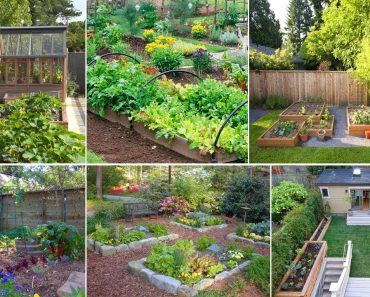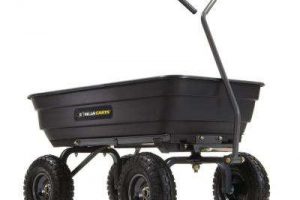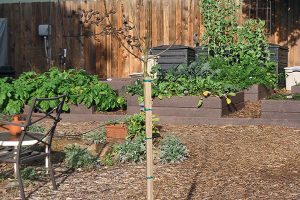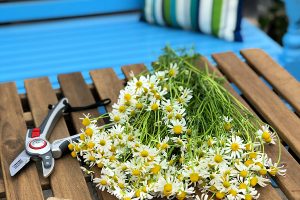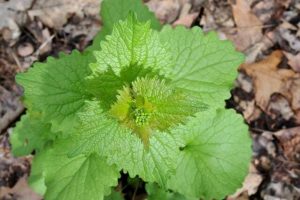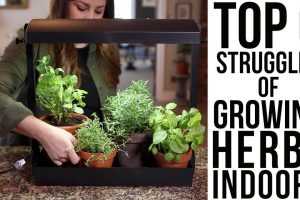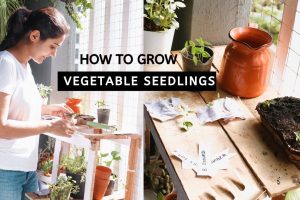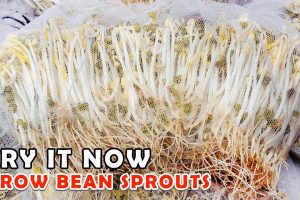
June may just be the best month of the year to grow your own food. The daylight hours are long, nights are often mild and, most importantly, delicious results start cropping up on the dinner table. Having said that, some of June’s choicest offerings, especially sweet, soft, sun-warmed strawberries and super-sweet fresh peas rarely make it to the kitchen door before they’ve disappeared!
It’s also a month when there’s still enough time in the growing season to have a second go at many crops. There’s a chance to try again with crops that may have succumbed to slugs or birds in spring (it happens to the best of us) and to have a second harvest of many salads, beans, peas and carrots.
All in all, June is a forgiving month. Even if you’ve inherited an overgrown plot that’s covered in weeds, there’s still time to make it productive this year. And whether sowing, picking, weeding or overhauling a wilderness, everything done in the garden feels like a pleasure in June.
More fruit and veg advice:
Gathering an early summer harvest

Harvest strawberries
There aren’t many jobs in the garden that can be done well by grandparents, parents, toddlers and the dog, but picking strawberries is one of them. Everyone wants to get in on the act. Provided that you’ve remembered to drape some closely-meshed netting over the plants, this is the month when one of the garden’s sweetest crops is ready.
While you’re picking, remember to pick off any rotten fruits as you go, to stop them rotting, and have some fleece, straw, or wool to hand to place beneath promising-looking clusters of fruits that are sitting on bare soil. Wet soil can be as much of a spoiler of your crop as hungry birds. In fact, I’m not sure they are hungry. They just can’t get enough of a good thing. Lift the fruits up before picking to make sure they are fully ripened.
Dig up new potatoes
It can be a struggle to harvest potatoes this month. Doesn’t it always feel too early to be digging them up? Taking the plunge to lift early varieties of potato with a digging fork before the month is out will ensure that you get a soft, sweet harvest of new potatoes. Leave it longer and the tubers will get bigger but less flavoursome. Do a bit of a ‘dry run’ and push a hand fork into the soil under one plant and have a look at the size of the potatoes. If they are still tiny, wait a couple more weeks and water the soil at the base of the plants if it is very dry, to help the tubers swell. If your potato plants are in flower then it’s a sign that the crop is ready to harvest.
Pick lettuces
Oh it’s so satisfying to harvest a fully-formed lettuce, grabbing the plant gently and giving it a gentle twist to break it off. If possible, pick your crop on a dry day rather than a rainy, muddy one because it will make washing the lettuce a bit easier and there is less likely to be an army of slugs hiding inside. If you’ve got a lot of lettuces ready at the same time, and it’s a bit overwhelming, sow a smaller batch of seedlings for future crops and in the meantime, make friends with the neighbours by leaving some outside for them to help themselves. It’s up to you to decide on whether or not to write ‘free slugs’ next to them.
Protect and pick gooseberries
Is there a greater feeling of injustice in the garden than seeing birds pilfer all your gooseberries? The last time it happened to me I was so annoyed that I was a heartbeat away from reporting the theft to the police. The way they lure you in is by showing no interest until the fruits have fattened up and are a day or two away from being ripe and ready. Act now and cover the plants with fine netting whatever stage they are at, to be on the safe side.
It’s easy to pick gooseberries too early but it’s best to wait until the fruits have some give in them when you pinch them. If they are still hard they’ll be unbelievably sour and you’ll need to add so much sugar to make them palatable that you might as well just eat an enormous chocolate bar and be done with it. If green varieties of gooseberry have taken on a golden tinge then it’s a good sign that they will be sweet.
Growing Greener
Sowing second batches of crops is a great opportunity to recycle pots and trays, by using the same ones again, a bit like using the same mug all day if you’re a serial tea-drinker! Give them a rinse and a quick scrub with some soapy water before reusing them.
If you’re awash with too many plastic pots and trays, look for a local plant pot recycling scheme. There are plastic pot recycling bins at many branches of Dobbies Garden Centres. You can also find a site that can recycle plant pots near you by visiting recyclenow.com and entering your postocde.

Caring for crops

Pinch out tomatoes
Growing your own tomatoes is a real journey if you started the plants from seed. I often find myself staring at the plants this month and saying ‘are we there yet?’ like child hoping that they have nearly reached their holiday destination. Hang on in there this month, when the plants should be showing their first fruits. If you’re growing cordon tomatoes, check the plants for sideshoots every day and you can have ripe, delicious fruits a bit quicker. Pinch them out when they are small and the plant will focus more of its energy on fruit production.
Thin out pears and apples
You’ll know you’re a serious kitchen gardener when you start thinning out fruits. It takes some dedication and foresight to knowingly remove precious fruits from your apple and pear trees. It is definitely worth it though in order to get large, fully-formed fruits rather than a cluster of ‘tiddlers’ that don’t ripen well. Thin out to leave fruits every 10-15cm, or a little more if you’re growing a cooking apple with very large fruits such as ‘Bramley’s’ Seedling’.
Water crops in pots
There’s no getting away from it, if you’re growing anything edible in a pot, this month could be a busy one in the watering department! Check peat-free compost carefully because the top layer of the compost often dries out very quickly and makes it look like the plant is dry. Push your finger into the compost and water the plant if it’s dry all the way down.
It’s a good idea to get in the habit of adding a half-strength high potassium liquid plant food into your watering can each time you water, so that watering and feeding become essentially the same task. If it gets very hot (28°C or higher) move your pots into shade during the hottest parts of the day to prevent the plants from stress.
Start more crops

Sow French beans
It may seem improbable but there’s time to start a new crop of French beans, either dwarf or climbing if you sow them direct into the soil early in the month. They motor from seedling to mature plant with beans on very quickly, a sprint compared to the marathon of growing the first batch of French beans from scratch in spring. Choose a sunny place and mix lots of compost into soil where you are sowing and water the soil before sowing. As seedlings pop up, spread a 5cm layer of compost around each seedling after watering well, and put some sharp grit, stones or organic slug pellets around the seedlings to protect them.
Start a new batch of lettuce
Growing lettuces can so easily end up being a ‘feast or famine’ affair. You’ve either got enough lettuces to fill the freezer with lettuce soup or the slugs tuck into some delicious young plants and say ‘thank you very much for the takeaway’. A little and often approach is a good plan. Sow two seeds to a module and grow a small batch in cell trays on a cool windowsill or sheltered place outdoors, or buy a small number of plants as plug plants from a nursery or garden centre to plant out a new batch every couple of weeks.
Or you could sow some cut-and-come-again leaves in short rows once a fortnight, if you’re not fussed about the lettuces ‘hearting up’ and being crunchy. Lettuces are not fond of dry soil at any stage so sow onto pre-watered soil and water plug plants well after planting, keeping the soil moist for the whole of the lettuces’ life to avoid the plants running to seed. If growing cut and come again leaves, choose a shady spot to ensure steady growth.
Thrifty tip
Now is a great time to go through all your seed packets and see what treasures you have got left in already-opened packets. Lots of seeds sown in spring can be sown again now and if you rifle through the packets you may be able to start a fresh crop without needing to buy new seed.
Salads, carrots, parsnips, beetroot, beans and sweetcorn can all be sown now and maybe you’ve got a half-full (always half-full) foil packet inside the ripped open packet, to give you more produce without spending any more money.



